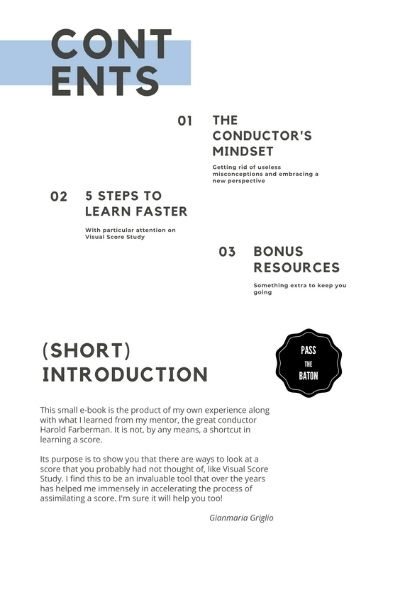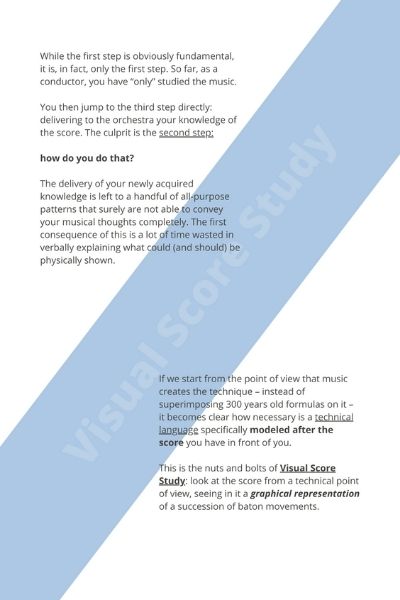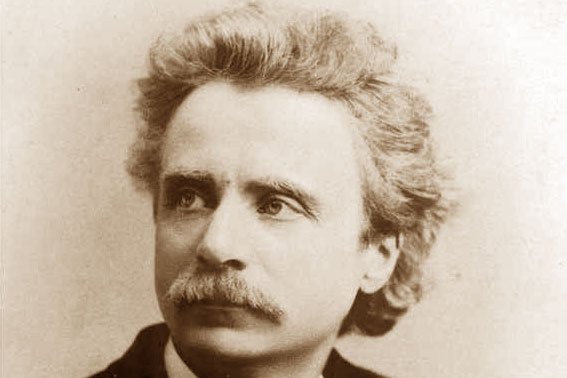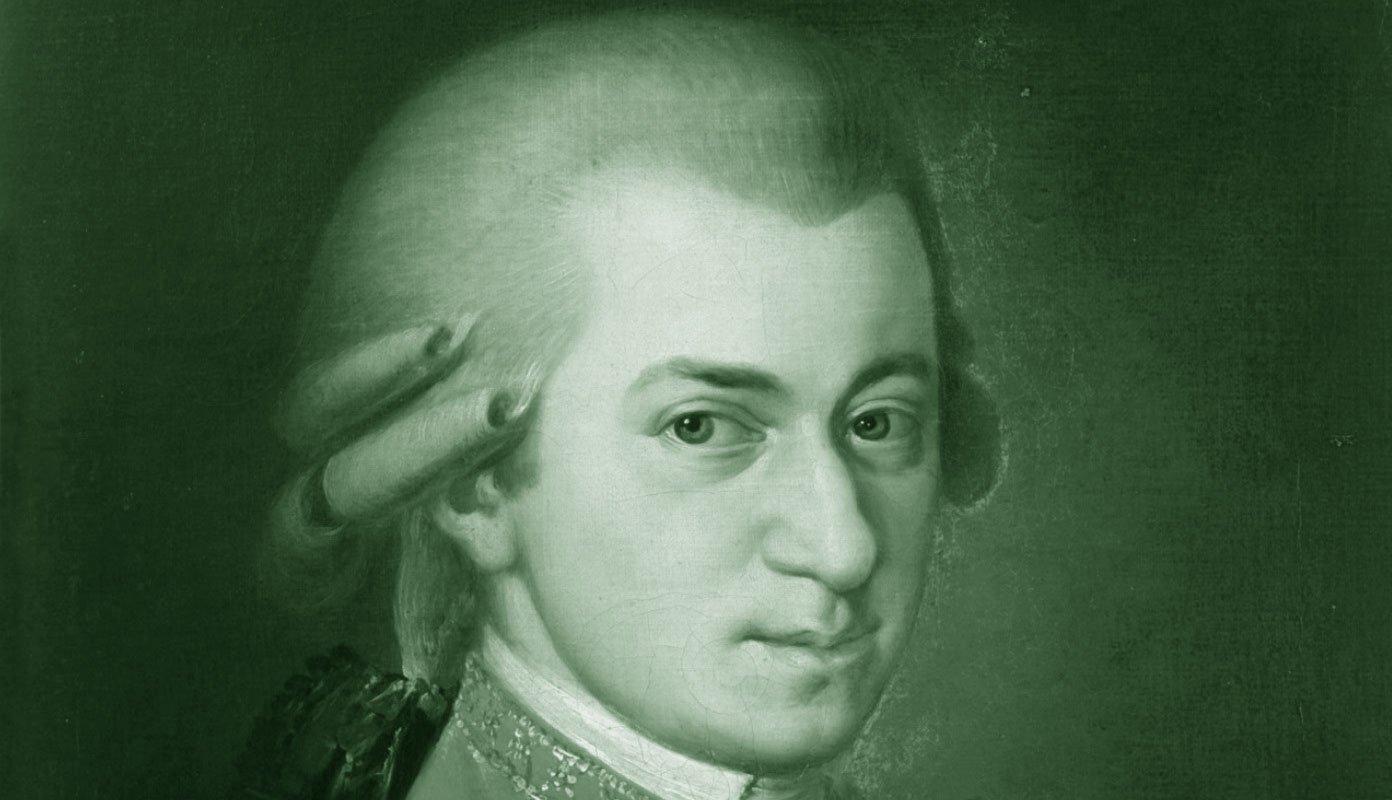What is a conductor supposed to do (and not to do)
Well, last month I spent a week teaching at the Bard Conductors Institute. It was absolutely fantastic, as it always is when I go back to that special place. And, as usual, when you teach you learn – a big plus. What daunted on me during this week – and later on reading some questions on the web – is that a lot of people, some students included, do not have really clear what the purpose of a conductor in an orchestra is. The most common misunderstanding is that a conductor is there to beat time in nice clear patterns, so that the orchestra can understand where they are. Add some dynamics to it and some show-biz gestures and you’re ready to go. That is simply wrong.
Typical conductor’s patterns for 2/4, 3/4 and 4/4
Patterns are not conducting
Patterns have nothing to do with conducting. Patterns are dry, meaningless exercises which the orchestra – any orchestra – does not need. So, why is it that patterns are the first and sometimes only thing you see when you watch a conductor? It’s the basic, rawest piece ofTo shape the music.
This is the biggest lesson I’ve learned from my teachers: Gilberto Serembe and Harold Farberman.
By the way, if you are a conductor I suggest reading Farberman’s book on conducting technique: it’s simply brilliant. Or even better, follow his course at Bard College* and Serembe’s course at the Italian Conducting Academy.
* [EDIT] Unfortunately Maestro Farberman passed away on November 24, 2018.
Now, shaping the music can be accomplished in a variety of different ways, but it all starts with two very simple things: sound and breathing: if I, as a conductor, do not have a specific idea in mind of what the sound I want is AND I cannot breathe with the music and the players, nothing will come out, but empty motions. Empty motions generate nothing but empty sounds, with no direction and no shape. Uninspired players will make the performance and the conductor will become a dispensable appendix.
Sound, breathing, gestures, technique: they all come from the same place, the score. Any breath a conductor takes, any movement he/she makes, has an impact on the orchestra players and on their sound. This simple concept makes a real difference when someone steps on the podium.
Start improving your conducting today with this Pass-the-baton video course created exclusively for iClassical-Academy
No shape means no music, no music means no emotions.
No emotions…: then what’s the point of being on the podium?
I’ll leave you with two of the greatest conductors of all times. No patterns. No bs. Just music.
[ET_MONARCH_INLINE_SHORTCODE]












Your observations about conducting are correct, but you could have said more than
just: conducting is not ONLY doing patterns… come on, any good conducting
instructor would say that. I know that you studied with Farberman for one year and he invites you some summers to be one of the guest conductors of his Conductors Institute.
What nobody says about Farberman is that what he proclaims as THE TECHNIQUE OF
CONDUCTING (not A technique, but THE technique, the one he teaches) in his
class at Bard or doing the summer is NOT what he does when he stands in front
of an orchestra (it is interesting seeing him conduct on video doing patterns
and nothing else). Anyone who has read Farberman’s book would be surprised to
read about his ‘pitch registration’, the cubes for conducting notation etc. I
have shown Farberman’s book and explain his teaching methods to major conducting
professors in Europe and the US and, while they have agreed in some principles,
they have been shocked with the content of the book and what he does to the
students.
Let’s talk about how problematic Farberman is as a conducting teacher. This might seem
minor, but once you know him personally it is surprising that he has a collection of groupies that attend
his summer courses and for whom Farberman is some sort of creature sent by God
to enlighten the world of music. What nobody seems to know is that in the last
5 years he has lost c.20-25% of his class every year), that he was such a
difficult person that orchestras did not want to work with him. Remember, for
example, that his contract as music director of the Oakland Symphony was to be
renewed in 1977, the Players’ Committee expressed its profound dissatisfaction
with his work and the majority voted that his contract should not be renewed,
but the orchestra board decided to renew it against the musicians’ wishes.
Finally, Farberman brags about having recorded with several major orchestras in
London; what people ignore is that London orchestra’s have such small
endowments that they are forced to record to anyone who pays for the
recording… exactly what Farberman did: he brought the money for the
recording; it would be interesting to know how many season concerts with the
LSO or the LPO he has conducted… I presume the number is ZERO.
As when it comes to Farberman as a teacher, I can say, based on my experience
of one year with him, is to avoid his class, because he would insult, harass
and ridiculize his students in class. I know more than one former student who
has needed professional help to recover self confidence as a musician.
Let’s hope that a good discussion about Farberman and his conducting and teaching
methods start here and there is my opinion is not censored. Thank you.
I think your attempt to boil down Farberman’s technique into a single statement is as naive as it is inappropriate. As a recent student of Bard, it is completely apparent to me that his musicianship and understanding of how to lead an ensemble is very wise. Maybe you have read that he is hard to work with, but I don’t really care for anything other than your own personal account. Don’t throw stories at us. Maybe you’ve worked with him and he insulted you, and maybe you didn’t like that. I personally found Farberman to be no less than honest, straightforward, and very encouraging, particularly in the prospect of teaching students.
When it comes to Farberman as a teacher, I can say, based on my experience of one month with him, that his class offers immense insight into the world of the conductor. Farberman is not going to hold your hand and coddle to your lack of self-confidence, so it is important to believe in yourself and be willing to sacrifice your ego and that which you might hold as ‘sacred’. If anyone can manage to do that, there is a trove of intelligent, and profound musicianship to be gained not only from Farberman, but from his institute as well.
First of all, I wouldn’t see why your opinion would be censored. I would like to address you by name, but since you prefer to remain anonymous, so be it.
Second: this post is not about Mr. Farberman himself, but about a fundamental aspect of conducting that seems to escape a lot of people, who do find it very convenient to rely on patterns.
Third: just for the records, I did not study with Farberman for one year but for three.
And now let me tell you a little story: the first time I went to Bard at the Conductors Institute was in the summer of 2000. I went there for the whole 4 weeks and the conducting repertoire was, as usual, amazing. Well, it took Farberman less than a week to make me feel not so good about myself. By the end of the month, I swore I would never go back.
Summer came to an end and I went on with my regular conducting classes. However, something had stuck with me from my experience and the Institute and I tried, almost secretly, without telling anyone, some of the technique I had learnt at Bard. Needless to say, it worked like a charm. The more I tried it, the more it worked. Long story short, I went back to Bard the following year for the master program and never looked back. It has been one of the best choices of my life.
Was it going to be easy? not at all. Is Farberman an easy person? by all means he isn’t. I do remember several people getting off the podium crying and I did get my fair share of lectures. And? Is that a bad thing? He doesn’t do it because he enjoys it, he does it to push people to reach their best. Like all “methods” for some people it works, for others it does not.
Honestly, I’ve never heard him insult anybody. Being harsh and brutally honest, yes. But why would you want a teacher that is not honest with you? It’s the best way to learn. And I’ll tell you another thing: that prepared me for what came afterwards: orchestra players are generally nice, but you do find a jerk, as everywhere. Well, if you don’t have a quick reaction and cannot justify what you’re doing or asking for on the podium than you’re history.
Finally: Farberman stepped on the podium quite a few times to show us how it’s done. I don’t remember patterns, I only remember music. He has a clarity of vision of the score and knows how to get what he wants out of the players in a way that I’ve never seen in anybody else. And he teaches you how to do the same. I really don’t know what else would you want from a teacher.
“Honestly, I’ve never heard him insult anybody.
Being harsh and brutally honest, yes. But why would you want a teacher
that is not honest with you? It’s the best way to learn.”
Being harsh and brutally honest is not the only way of being honest.
That’s certainly true, it still does not equal to insult
Some students can be very sensitive, perhaps too sensitive sometimes.
I’m not sure I agree with MC: I haven’t had a teacher yet that didn’t try to get away from patterns.
Do you teach at Bard Mr.Griglio?
Hi Tamori,
no I do not teach at Bard. I was there this past July as a guest teacher at the Conductors Institute.
Thank you for this article: contrary to what someone has mentioned, there are not enough people that teach and stress how patterns have nothing to do with conducting. This MC guy who posted a comment up here can certainly talk the talk. I wonder if he can walk the walk too…
I have been a student of Farberman as well: I certainly do not consider myself a groupie just because I went to the Institute more than once. I went because I was getting something useful and real out of it, something I could use with any orchestra and that always worked. Watching Farberman demonstrate was a treat: he’s only doing pattern? I don’t know who MC was looking at but certainly not at the same Farberman I was watching.
Is he an easy going fella? No. Do you think any orchestra is easy going? I don’t think so. If you can’t take to be a bit roughed up by an old guy for 15 minutes, then you really should not be on the podium. And anyway, he’s always been fair. Tough but fair.